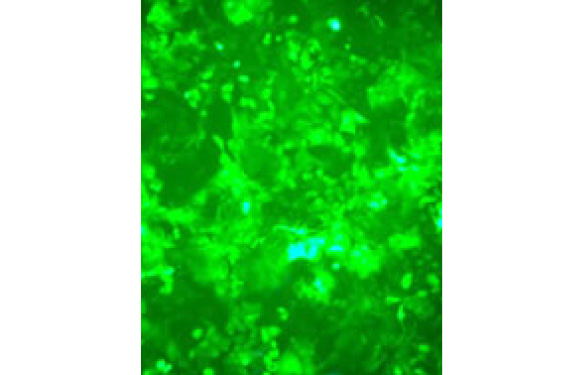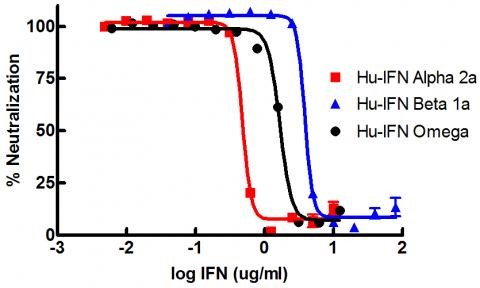
The PI3K/Akt/mTOR pathway is an intracellular signaling pathway important in regulating the cell cycle. It is directly related to cellular quiescence, proliferation, cancer, and longevity. This pathway can be regulated by genes involved in response to hypoxia. Discoveries that have been made over the last decade show that the mTOR pathway is activated during various cellular processes (e.g. tumour formation and angiogenesis, insulin resistance, adipogenesis and T-lymphocyte activation) and is deregulated in human diseases such as cancer and type 2 diabetes (1).
In many cancers, this pathway is overactive, thus reducing apoptosis and allowing proliferation. This pathway is necessary, however, to promote growth and proliferation over differentiation of adult stem cells, especially neural stem cells. It is the difficulty in finding an appropriate amount of proliferation versus differentiation that researchers are trying to determine in order to utilise this balance in the development of various therapies. Additionally, this pathway has been found to a be a necessary component in neural long term potentiation.
Importance of this pathway in several diseases is highlighted by the fact that inhibitors targeting it have been developed and are widely used, as it is the case for rapamycin and its analogues (rapalogues). Indications for rapamycin include the treatment of solid tumors, organ transplantation, coronary restenosis and rheumatoid arthritis
For those projects where this pathway is central, and depending on the level of knowledge of the role of this pathway in each biological process, one can decide to study it by performing WBs or IF on defined targets (e.g. mTOR, p-Akt) . One may also use an antibody panel to study different targets individually (but saving money by buying all antibodies together). And finally, if the role of the PI3K/Akt/mTOR pathway is not clear, one may use other profiling tools, such as antibody arrays, allowing to study up to 138 targets related to this pathway
Are you working on the mTOR pathway? Leave your comment!
References
1.- Laplante, M. & Sabatini, D.M. (2009). doi: 10.1242/jcs.051011.



